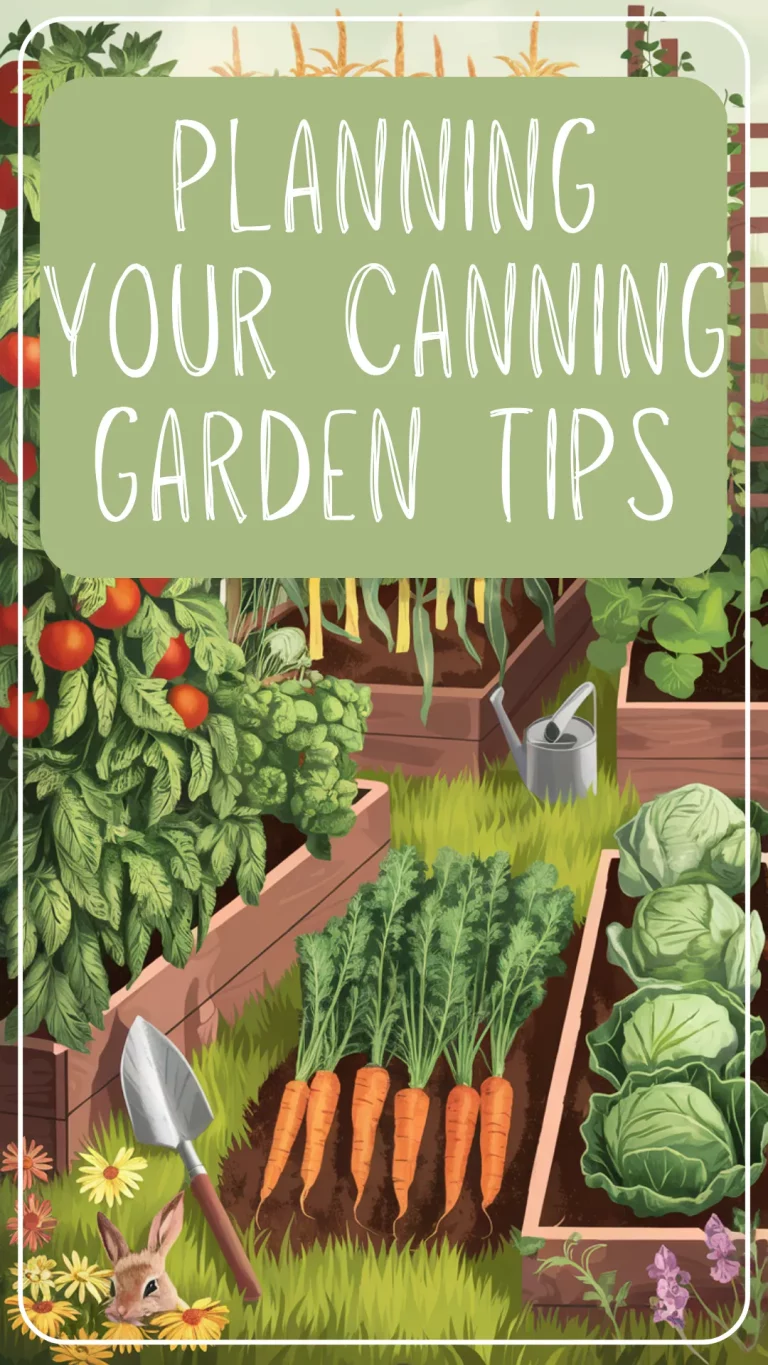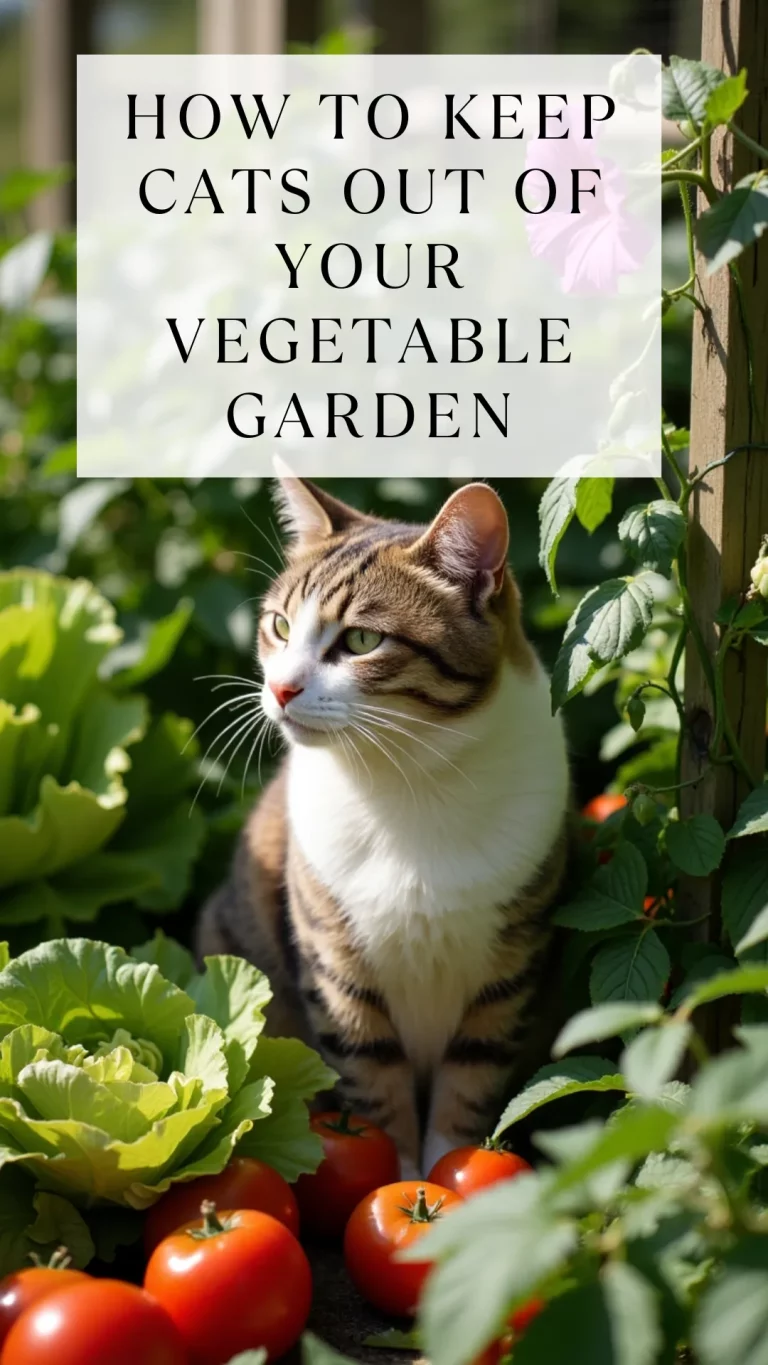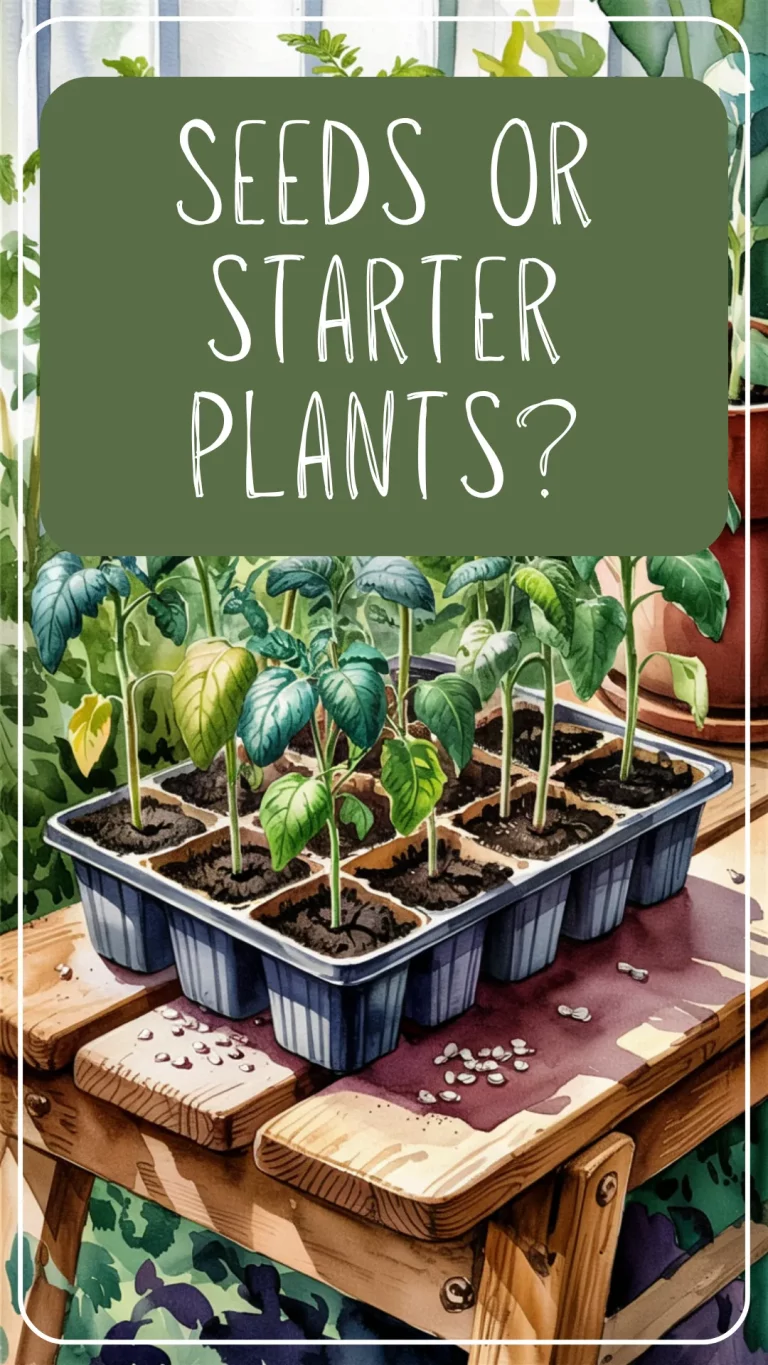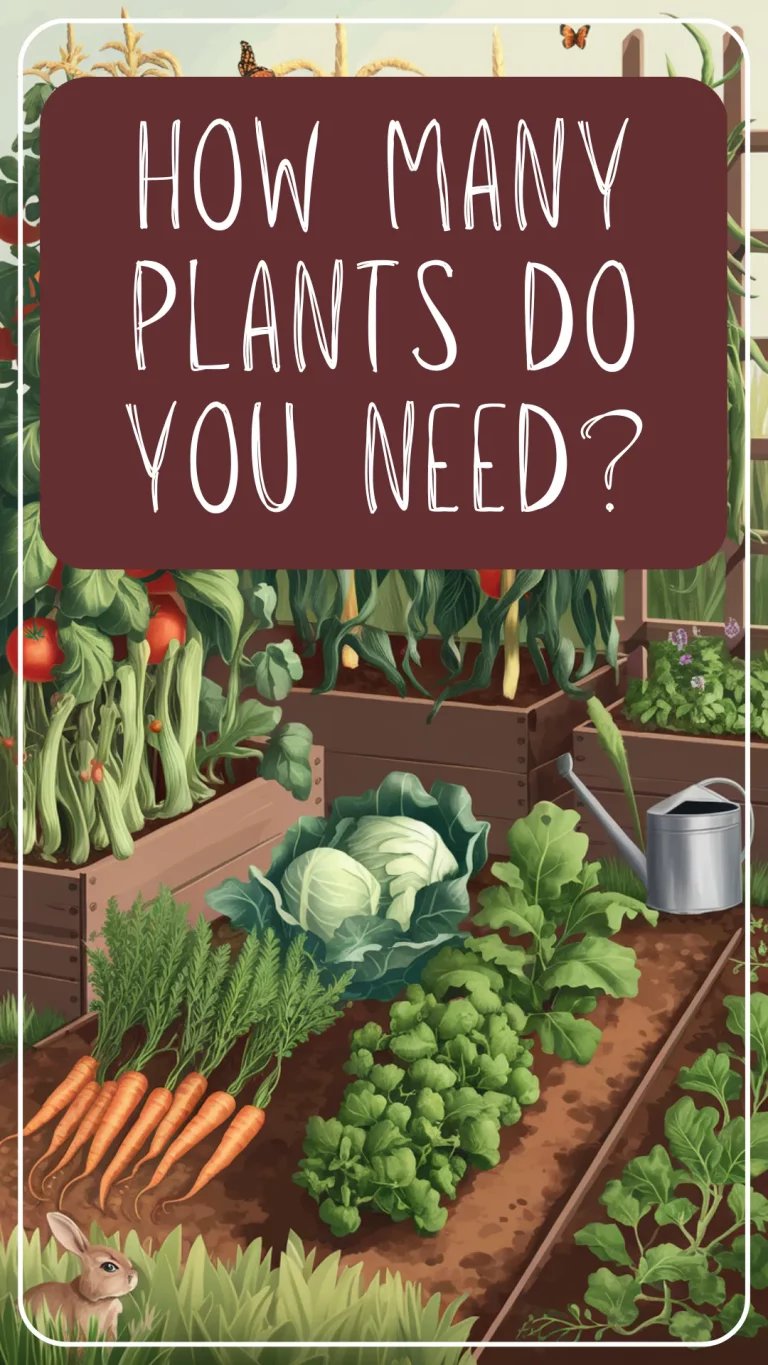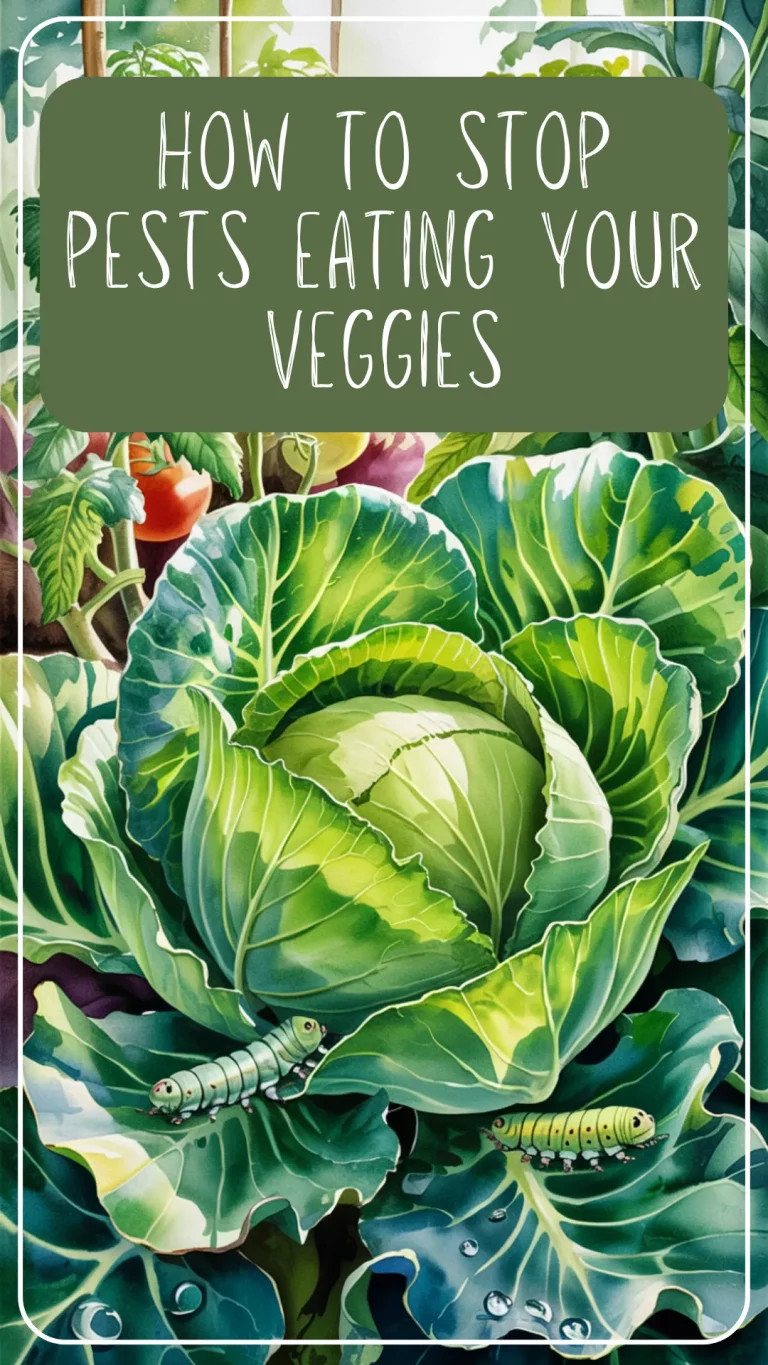The Canning Garden Calendar: Month-by-Month Guide for Planning, Planting, and Harvesting
Want to grow a canning garden without the guesswork? This beginner-friendly calendar breaks down what to do each month—plus includes a free printable to keep you on track all year long.
Inside this post:
- 1 The Canning Garden Calendar: A Month-by-Month Look at What to Do (and When to Do It)
- 1.1 How to Use This Calendar
- 1.2 January: Dream, Plan, and Stay Warm
- 1.3 February: Start Small and Get Set Up
- 1.4 March: Start Growing (a Little at a Time)
- 1.5 April: Get Your Hands Dirty
- 1.6 May: Planting Season Is On
- 1.7 June: Tend, Tweak, and Taste
- 1.8 July: Harvest, Can, Repeat
- 1.9 August: The Big Push
- 1.10 September: Savor and Slow Down (a Little)
- 1.11 October: Tidy Up and Tuck In
- 1.12 November: Rest, Reflect, and Enjoy the Fruits of Your Labor
- 1.13 December: Dream Big, Rest Well
- 2 The Canning Garden Calendar
The Canning Garden Calendar: A Month-by-Month Look at What to Do (and When to Do It)
You know that feeling when you walk into the garden center in May and everyone else seems to have their act together? Meanwhile, you’re wondering if it’s too late to start tomatoes and trying to remember where you put your trowel?
Yeah. Been there.
If you’ve ever wished for someone to just tell you what to do and when to do it—especially when your goal is to grow food for canning—you’re in the right place.
This month-by-month garden calendar is like a cheat sheet for your canning garden. It breaks the whole year down into bite-sized tasks that actually make sense for beginners. No pressure to do it all. No guilt if you skip a month. Just a gentle guide to keep you on track—so by the time your tomatoes are ripe, you’ll actually be ready to can them.
And if you like having something to hang on the fridge or tuck into your garden notebook, there’s even a printable version at the end.
How to Use This Calendar
This isn’t one of those rigid, color-coded, laminated schedules that makes you feel behind before you’ve even begun. It’s more like a friendly nudge—something to glance at each month so you know what’s coming and what’s worth tackling when you’ve got the time.
A few things to keep in mind:
Want something to scribble on or stick to the fridge? There’s a printable version at the end of the post. Add your own notes, reminders, or harvest wins.
This calendar is geared toward Zones 4–7, which covers a big chunk of North America. If you’re in a warmer or colder zone, you’ll want to shift things a bit forward or back. (Not sure what zone you’re in? Check out this post to find out.)
It’s focused on growing a canning garden, which means we’re prioritizing high-yield, preserve-friendly crops like tomatoes, green beans, cucumbers, and herbs.
You don’t have to do every single thing. Some months are busier than others. Some years, life gets in the way. That’s okay. The calendar’s here to help you move forward, not feel guilty.
January: Dream, Plan, and Stay Warm
January isn’t exactly a big planting month—but it’s a great time to cozy up with a blanket, a hot drink, and your garden dreams. This is the month for planning, not panicking.
What to do in January:
- Order seed catalogs (or browse your favorite online seed shops)—even if you’re not sure what you’re planting yet, it’s fun to dream.
- Start a simple garden plan based on what you actually want to can this year. A few jars of salsa? Pickles? Tomato sauce? Let that guide your crop list.
- Clean and check your tools. If your trowel’s gone missing or your gloves have holes, now’s a good time to take stock.
- Start a compost pile or bin if you don’t already have one—future you (and your soil) will be grateful.
No need to rush. January is all about getting your thoughts together and setting the stage for the year ahead.
February: Start Small and Get Set Up
February still feels like deep winter in many places, but the garden itch starts to kick in—and for good reason. Now’s the time to get your setup ready so you’re not scrambling when seed starting season hits its stride.
What to do in February:
- Start seeds indoors if you’re planning to grow long-season crops like onions, leeks, or celery.
- Finalize your garden layout and crop list, especially if you’re focusing on canning. Think about how many jars you want on your pantry shelf and work backward from there. (This post shows you how)
- Set up your seed starting space—a sunny windowsill, grow lights, trays, labels. Even if you’re not planting quite yet, having it ready to go is a win.
- Shop for seeds, soil, and trays before your favorite varieties sell out. Focus on crops that preserve well like tomatoes, peppers, green beans, and cucumbers.
If this all feels like a lot—just do one thing this month. Even if that’s just buying a packet of seeds or scribbling a plan in a notebook. That still counts.
March: Start Growing (a Little at a Time)
March is when the garden really starts to come to life—at least indoors. If the ground’s still frozen where you live, don’t worry. This month is about getting seeds going and prepping your space for warmer days.
What to do in March:
- Start seeds indoors for warm-weather crops like tomatoes, peppers, and brassicas (broccoli, cauliflower, cabbage).
- Keep an eye on your local frost date—you’ll use this to time transplants and direct sowing later.
- Prep your garden beds if the soil is workable—turn compost in, rake out leaves, or add fresh mulch.
- Direct sow cool-season crops like peas and spinach if your ground has thawed. Don’t stress if it hasn’t—it’ll happen soon enough.
- Inventory your canning supplies. Take a peek at your jars, lids, and rings to make sure you have everything you need so you’re not hunting for them mid-summer.
March is a hopeful month. Things are still quiet outside, but inside, you’re setting everything in motion.
April: Get Your Hands Dirty
Depending on your zone, April might be your first chance to really get out there and garden. The soil’s starting to warm up, the sun’s sticking around a little longer, and it finally feels like something is happening.
What to do in April:
- Direct sow cool-weather crops like lettuce, radishes, carrots, beets, and more peas if you haven’t already. These crops love the chill.
- Harden off your seedlings before transplanting—start by bringing them outside for a few hours a day so they can adjust to the real world.
- Transplant early crops into the garden if the weather’s warm enough and your soil isn’t too soggy.
- Top off your raised beds or garden rows with compost or a slow-release organic fertilizer.
- Mulch bare soil to hold in moisture and keep weeds from crashing the party.
You don’t need to do everything at once. Just keep plugging along. This is the month when your garden starts looking less like a plan—and more like a promise.
May: Planting Season Is On
May is the big one. If you’ve been waiting for that green light to plant the warm-weather stuff, this is it—especially if your last frost date has passed. By the end of the month, your garden will start to look like a garden.
What to do in May:
- Transplant your tomatoes, peppers, and herbs once the risk of frost is behind you. No cheating—frost can still zap a healthy plant overnight.
- Direct sow beans, squash, cucumbers, corn, and melons. These warm-season crops like to go straight in the soil once it’s warmed up.
- Water regularly—spring rains help, but once things are in the ground, you’ll want to make sure the roots are staying moist, especially in raised beds or containers.
- Stake your tomatoes early. It’s easier to do it now than when they’re sprawling everywhere.
- Do a quick weed patrol every few days—those little weeds are much easier to handle before they turn into monsters.
May can feel like a whirlwind, but it’s also the month when it all starts to come together. You’re not just planning anymore—you’re growing.
June: Tend, Tweak, and Taste
June is when your garden starts to feel alive. Plants are growing, blossoms are forming, and if you planted early, you might even be nibbling on your first harvests. This month is all about tending what you’ve started and keeping things moving.
What to do in June:
- Stay on top of watering. As the weather heats up, your plants will need consistent moisture—especially in raised beds or containers.
- Weed little and often. A few minutes here and there goes a long way and keeps the jungle at bay.
- Harvest early crops like radishes, lettuces, and snap peas—you earned it.
- Plant a second round of quick-growing crops like green beans, carrots, or zucchini for a staggered harvest later in summer.
- Keep an eye out for pests. Catching them early (and hand-picking if you can) makes a big difference.
By now, your garden doesn’t need as much from you every day—but it definitely appreciates the check-ins. June is the sweet spot between planting and preserving.
July: Harvest, Can, Repeat
July is when things start rolling in—and fast. It’s the month where the garden asks a lot from you, but also gives a lot back. If you’ve been dreaming about jars on pantry shelves, this is when those dreams start turning into salsa, pickles, and green beans.
What to do in July:
- Harvest early and often. Beans, cucumbers, zucchini, and cherry tomatoes might be coming in daily. Keep picking to encourage more growth.
- Start small-batch canning. Even if it’s just a few jars at a time, it adds up—and keeps your kitchen from turning into a produce avalanche later.
- Check your plants daily. Pests, disease, blossom end rot—it all shows up fast in the heat. A little attention each day saves headaches later.
- Feed heavy feeders like tomatoes and squash with compost tea or a side dressing of fertilizer.
- Start planning your fall crops if your growing season allows. It feels early, but trust me, it sneaks up fast.
July can feel a little chaotic, but it’s also wildly satisfying. This is why you planted in the first place.
August: The Big Push
If July was the warm-up, August is the full show. The garden is producing like crazy, and it can feel like everything is ready right now. This is the month for preserving, pulling, and maybe asking yourself why you planted so many zucchini.
What to do in August:
- Harvest daily if you can. Tomatoes, beans, cucumbers, and squash won’t wait. Letting them sit too long can slow the plant down.
- Can what you can, freeze what you can’t. If you’re overwhelmed, throw chopped tomatoes or blanched beans into the freezer for later. It still counts.
- Dehydrate extras like herbs, peppers, or fruit if you have a dehydrator—or hang herbs to dry the old-fashioned way.
- Clear out tired or spent plants to make room for fall crops or give your soil a break.
- Keep watering. It’s easy to forget when you’re busy harvesting, but August heat can still stress plants out.
August is messy, satisfying, and a little sweaty—but it’s also the moment you’ve been working toward. Let the kitchen be chaotic for a bit. You’re filling your pantry, one jar at a time.
September: Savor and Slow Down (a Little)
The days are getting shorter, the mornings feel cooler, and your garden’s starting to look a bit tired—which makes sense, because you probably are too. September is a mix of wrapping up, putting away, and soaking in those last big harvests.
What to do in September:
- Harvest the last of your tomatoes, peppers, and beans. If frost is looming, you can pick tomatoes early and ripen them indoors.
- Can the big stuff. This is the month for tomato sauce, salsa, soup, and bigger batch preserving.
- Pull spent plants and add them to the compost pile—unless they’ve had disease or pests, in which case it’s better to toss them.
- Mulch empty beds or plant a fall cover crop to protect and feed the soil through winter.
- Save seeds from heirloom plants if that’s your thing—just make sure they were healthy and open-pollinated.
September is a satisfying mix of wrapping things up and looking ahead. You’ve come a long way—and your pantry probably shows it.
October: Tidy Up and Tuck In
By October, most of the hard work is behind you. The garden is slowing down, and so are you. This is the month for cleaning, reflecting, and doing just enough prep that spring will feel a little easier when it rolls back around.
What to do in October:
- Pull out the last stragglers—anything that hasn’t been hit by frost yet, like herbs or hardy greens.
- Clean out garden beds. Remove plant debris, especially anything that had pests or disease.
- Plant garlic if you’re in a zone where it overwinters well—it’s a low-effort win you’ll thank yourself for next summer.
- Store garden tools, hoses, and pots before they get cracked by cold weather.
- Jot down notes about what worked (and what didn’t) while it’s still fresh. Trust me—you won’t remember come February.
October feels quieter, but in the best way. It’s the garden’s version of curling up in a sweater and calling it a day.
November: Rest, Reflect, and Enjoy the Fruits of Your Labor
By now, your garden tools are put away, your shelves are lined with jars, and the soil is taking a well-earned nap. November isn’t about planting or harvesting—it’s about resting and appreciating everything you accomplished.
What to do in November:
- Give yourself a break. You don’t have to do anything this month. Really.
- Take stock of your pantry. Make note of what you have lots of, what you ran out of too soon, and what you’d like to grow more (or less) of next year.
- Label any jars you missed. A sharpie and a sticky label now saves confusion in March.
- Set aside a few jars for holiday gifts—they’re thoughtful, easy, and everyone loves homemade jam.
- Start dreaming about next year. Because of course you’re already thinking about next year.
November is your permission slip to slow down. You did the hard work. Now enjoy it.
December: Dream Big, Rest Well
There’s nothing growing outside, and for once, that feels just right. December is for rest, reflection, and maybe a little bit of dreaming. You’ve earned it.
What to do in December:
- Flip through your notes or garden journal—remind yourself what went well and what you’d like to try differently.
- Make a wish list of seeds, tools, or garden upgrades you’d love to try next season. Doesn’t have to be practical. Let yourself dream.
- Stock up on canning supplies if you spot end-of-season sales—lids, jars, vinegar, labels.
- Browse seed catalogs that start arriving this month (or sign up for your favorites online).
- Enjoy your canned goods. Open a jar of jam in the middle of a snowstorm. It’ll taste like summer.
December might be quiet outside, but there’s plenty happening under the surface—just like your soil, resting and getting ready for what comes next.
No matter how big or small your garden was this year, every jar on your shelf tells a story—of early mornings, muddy boots, and a whole lot of learning along the way. The canning garden calendar isn’t about doing everything perfectly; it’s about moving through the seasons with a little more confidence, a little less stress, and the joy of knowing that the food you’re preserving started right outside your back door.
The Canning Garden Calendar
A Year-at-a-Glance Guide for Growing What You Preserve
This simple monthly calendar is designed to help you grow a canning garden without the overwhelm. Each month gives you a few key tasks—just enough to keep things moving, with plenty of room to adapt based on your zone, space, and schedule.
Whether you’re starting seeds in February or pulling tomatoes in August, let this be your gentle reminder: you don’t have to do everything. Just take it one month at a time.
So click on the picture below to grab your calendar and let it be a guide—not a checklist. Every year will look a little different, and that’s part of the magic.



